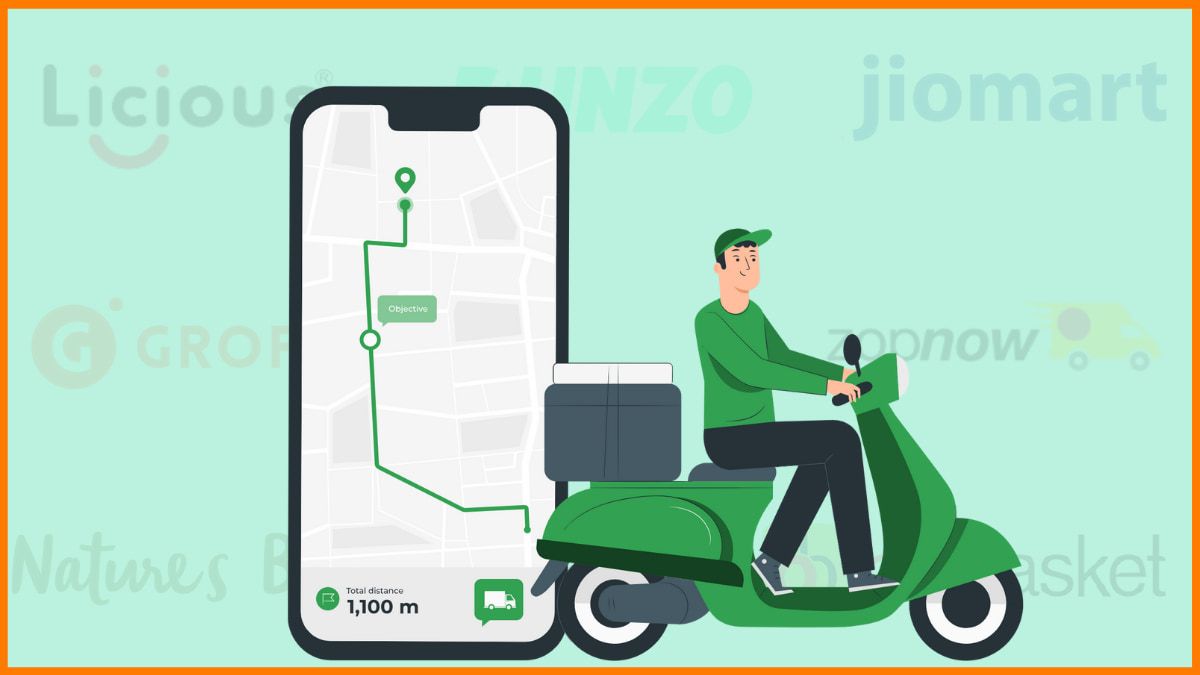Rolex is the name that comes to mind immediately when we think of a high-end watch manufacturer. In 1905, Hans Wilsdorf established the renowned watchmaking company in Switzerland. The business has developed a reputation for creating premium, hand-crafted clocks that are known for their accuracy, toughness, and style since its founding in the early 20th century.
Yet in addition to the skill and creativity that go into making each Rolex watch, the corporation has also created a very effective business strategy that has contributed to its status as one of the most lucrative and sought-after luxury brands in the world.
In this article, we will take a closer look at the Rolex business model and explore how the company makes money.
Rolex – History
Rolex Business Model
How Rolex Makes Money
What Makes Rolex’s Business Strategy Unique
Marketing Tactics of Rolex
Rolex – History
In 1905, Alfred Davis and Hans Wilsdorf founded Wilsdorf and Davis in London, which later changed its name to Rolex SA. The company’s initial concentration was on bringing Swiss movements from Hermann Aegler to London and putting them in Dennison and other manufacturers’ watch casings. These watches were sold to several jewelers, who customized the dials with their names. Inside the case back of the early watches had the mark “W&D.”
As the official brand name for the watches made by Wilsdorf and Davis, the “Rolex” trademark was registered by Wilsdorf in 1908. He established a business in Switzerland and named it “Rolex” since it is short and straightforward to pronounce across many languages. Also, according to Wilsdorf, the name has an onomatopoeic character that evokes the sound of a watch being wound.
Rolex Business Model
Rolex’s business model is built around creating and selling high-end luxury watches that are known for their exceptional quality, craftsmanship, and exclusivity. The company produces a limited number of watches each year, which are sold at a premium price, and its marketing strategy focuses on promoting the desirability and exclusivity of its products.
One of the key components of the Rolex business model is the significant emphasis on accuracy and precision. The company makes enormous efforts in research and development to ensure that its watches are the most accurate and reliable in the world. Because each watch is handcrafted with high-quality materials, they are works of art that are worth the expensive price.
Focusing on brand recognition and reputation is a key component of the Rolex business model. The company’s timepieces have developed a strong brand identity, and the name has come to stand for luxury, prestige, and excellence. Because of its strong brand recognition, high-net-worth individuals, collectors, and enthusiasts are more likely to buy the company’s items.
In order to support its business model, Rolex also maintains a global network of licensed stores and boutiques that act as sales and distribution points for its goods. Also, the business offers to watch maintenance and repair services, which encourages client loyalty and trust.
How Rolex Makes Money
Rolex makes money in the following ways:
Sales of Luxury Watches
Rolex is synonymous with luxury watches. The brand primarily makes money from the sale of its luxury watches. The watches offered by Rolex are famous for their high-quality materials, intricate and unique designs, and precision engineering. Rolex sells its watches through its own retail stores and through a network of authorized dealers.
Premium Pricing Strategy
Rolex is a brand that targets the high-end niche market. It charges a premium price for its watches, allowing the company to gain a higher price than its competitors. Since the brand is known to provide high-end luxury products, it is able to take advantage of its premium pricing to make its business stronger.
After-Sales Service
Apart from the sale of luxury watches, Rolex also provides after sale-servicing for its watches. These include repairs, cleaning, and maintenance. This service offered by the brand not only helps it make money but also helps in developing strong loyalty among its customers.
Investment Value
Rolex watches are pretty expensive. Due to their premium designs and pricing, they are considered an asset of investment, as their value can appreciate over time. This can ultimately lead to the resale value, making a win-win situation for both the company as well as the customers
Overall, Rolex’s business model is based on creating and maintaining a high-end, exclusive brand image that is synonymous with luxury, quality, and craftsmanship. By using a premium pricing strategy, limiting production runs, and providing excellent after-sales service, Rolex has built a loyal customer base that is willing to pay a premium price for its products.

What Makes Rolex’s Business Strategy Unique
Many things make Rolex’s business strategy unique. Some of them are:
- Brand Positioning: Rolex is a brand that has positioned itself as a luxury brand in the market. The products offered by the brand are considered a symbol of style, success, and prestige. The brand has positioned itself as a premium brand, which has become synonymous with high quality, durability, and precision.
- Limited Product Strategy: Since Rolex is a premium brand, it does not indulge itself in the mass production of unlimited products. It offers a limited product line with a special focus on luxury watches. Rolex usually targets a niche market by offering a small range of high-end products. The brand is known for its unique designs and innovations from time to time. It is this strategy that makes the brand stand out the most.
- Design Strategy: When it comes to their wristwatch designs, Rolex is recognized for making only small, conservative alterations, and the looks have stayed fairly constant. It may be said that Rolex never needed to innovate since its 20th-century designs established such a timeless aesthetic standard.
- Distribution Strategy: Being a high-end luxury brand, Rolex has a limited number of authorized dealers that can sell its products. You won’t find Rolex in every other store in the market. By applying this strategy, Rolex makes sure that its products are available only in high-end stores, which helps the brand keep its business strategies unique.
- Exclusive Pricing Strategy: Rolex does not lower its price just to compete with its competitors. The brand makes sure that its pricing suits its image of being a premium, exclusive, and high-end brand. This strategy helps Rolex develop a strong brand positioning for itself, as it is able to stand out among the competitors as a brand of exclusivity. This is one of the most prominent reasons why people are more attracted to it.
- Customer Service: Rolex has established a reputation for exceptional customer service. The brand provides excellent after-sales support, including warranties, repairs, and maintenance. This customer-centric approach reinforces customer loyalty and enhances the brand’s reputation for quality and reliability.

Marketing Tactics of Rolex
Rolex’s marketing tactics focus on positioning itself as a luxury brand that is a symbol of a certain lifestyle. It targets a specific class of consumers rather than marketing itself as a mere product.
Rolex’s marketing strategies include:
- Print ads in high-end magazines and newspapers
- Television commercials
- Product placements in movies and TV shows
- Sponsorship of sporting events
By identifying the class to which it belongs, Rolex develops its advertising approach. Instead of as a brand, it is marketed as a requirement for a certain lifestyle.
Conclusion
Rolex’s business model is built on a foundation of design integrity, high-quality craftsmanship, and effective marketing strategies. The company’s tight devotion to its design tradition has resulted in a timeless aesthetic standard that has led to its success in the luxury watch market. Rolex’s focus on product quality and innovation has also enabled it to maintain its position as a leading watchmaker for over a century.
Moreover, its marketing tactics, such as celebrity endorsements and sponsorships, have helped create a strong brand image and build a devoted consumer base. Overall, Rolex’s business model is a symbol of its commitment to excellence and innovation, which have been crucial in its enduring success.
FAQs
When was the Rolex company established?
In 1905, Alfred Davis and Hans Wilsdorf founded Wilsdorf and Davis in London, which later changed its name to Rolex SA.
How does Rolex do business?
Rolex’s business model is built around creating and selling high-end luxury watches that are known for their exceptional quality, craftsmanship, and exclusivity.
What makes Rolex’s business strategy unique?
Many things make Rolex’s business strategy unique, like:
- Brand Positioning
- Limited Product Strategy:
- Design Strategy
- Distribution Strategy
- Exclusive Pricing Strategy
- Customer Service


























